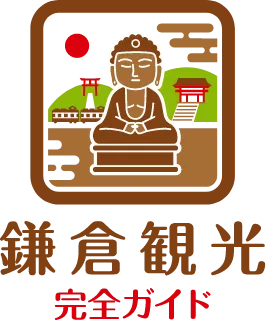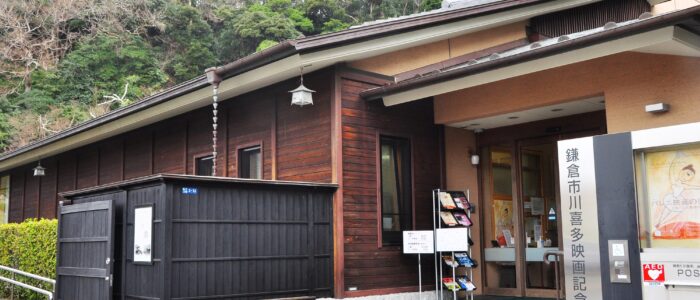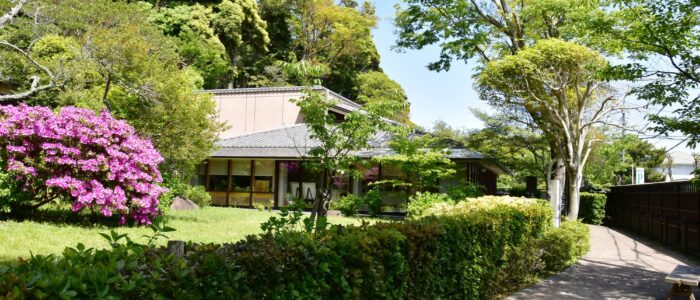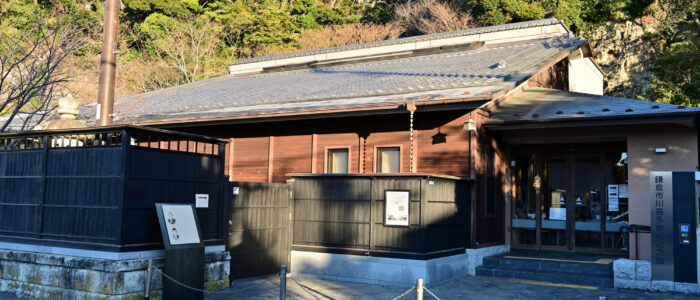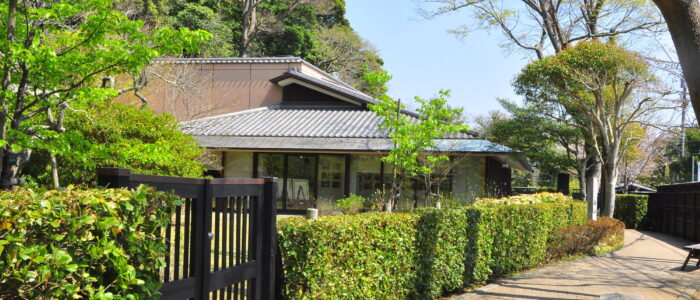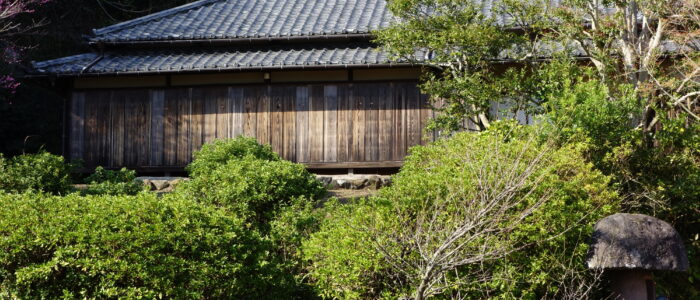Kamakura City Kawakita Film Museum (鎌倉市川喜多映画記念館)
Discover the Kamakura City Kawakita Film Museum (鎌倉市川喜多映画記念館)
Kamakura once attracted many cultural figures—screenwriters, directors, and actors among them. After World War II, the short-lived Kamakura Academy served as an alternative educational institution, with graduates like Seijun Suzuki (鈴木清順) later shaping Japan’s film industry. Today, the Kamakura City Kawakita Film Museum (鎌倉市川喜多映画記念館) carries on that cultural spirit as the city’s only full-scale cinema and film culture facility. Since opening in April 2010, it has served as a hub for exhibitions, film screenings, archives, and research.
Photo Highlights and Must-See Spots
The museum stands on the former residence site of Nagamasa Kawakita (川喜多長政) and Kashiko Kawakita (川喜多かしこ), and features refined sukiya-style architecture. Large windows frame lush views of the garden and the nearby Former Kawakita Residence (旧川喜多邸別邸), also known as the Former Watsuji Residence (旧和辻邸). Both permanent and special exhibitions showcase the couple’s global contributions to cinema, with displays including film posters, projectors, and reels. The gardens, harmonizing with the seasons, are widely admired. While the residence is not usually open, public access is granted during spring and autumn, with rare interior viewings on select days.
Embrace the Quiet Hours of Morning
Nagamasa Kawakita (川喜多長政) introduced films like Children of Paradise and The Third Man to Japan, promoting European cinema and cultural exchange. He helped present Rashomon by Akira Kurosawa (黒澤明) at the Venice International Film Festival, raising Japan’s profile in global cinema. His wife, Kashiko Kawakita (川喜多かしこ), known as “the mother of Japanese cinema,” worked on numerous films and served as an international film festival juror. Her legacy lives on through the Kawakita Memorial Film Institute (川喜多記念映画文化財団), which continues to support film culture today.
Experience Screenings and Cultural Programs
The screening room supports 35mm, 16mm, and digital projection. Visitors may attend silent film showings with live music, guest talks, and hands-on workshops for all ages. Even a brief stop offers a moment of cultural immersion within Kamakura’s vibrant film heritage.
How to Get There from Tosh’s Place (トシズプレイス)
Located about 8 minutes on foot from JR Kamakura Station (鎌倉駅), and 4 minutes from the third torii gate of Tsurugaoka Hachimangu Shrine (鶴岡八幡宮), the museum is just off Komachi Main Street (小町通り). It’s open from 9:00 AM to 5:00 PM (last entry at 4:30 PM), and closed on Mondays (or the following weekday if Monday is a holiday), during year-end holidays, and exhibition change periods. Admission for regular exhibits: ¥300 (adults), ¥150 (elementary/middle school students). Screenings: ¥1,300 and ¥650 respectively. No on-site parking is available, so public transportation is recommended.
Wrap-Up: Cinema and Culture Beyond the Screen
Weekday mornings offer a quieter, more personal visit. Spring and autumn are ideal for viewing the Former Kawakita Residence (旧川喜多邸別邸), occasionally open to the public. Since interior access is limited, it’s best to check online ahead. Staying at Tosh’s Place (トシズプレイス) makes it easy to visit without rushing, letting you savor the cultural atmosphere within your itinerary.
Wrap-Up: A Kamakura Experience Through Cinema and Heritage
The Kamakura City Kawakita Film Museum (鎌倉市川喜多映画記念館) is a rare cultural space where film, tradition, and quiet beauty intersect. With sukiya-style architecture, serene gardens, and global film connections, it offers a uniquely enriching experience. Guests at Tosh’s Place (トシズプレイス) can enjoy this treasure with the time and freedom that self-catering travel allows—an ideal way to discover a deeper side of Kamakura.
